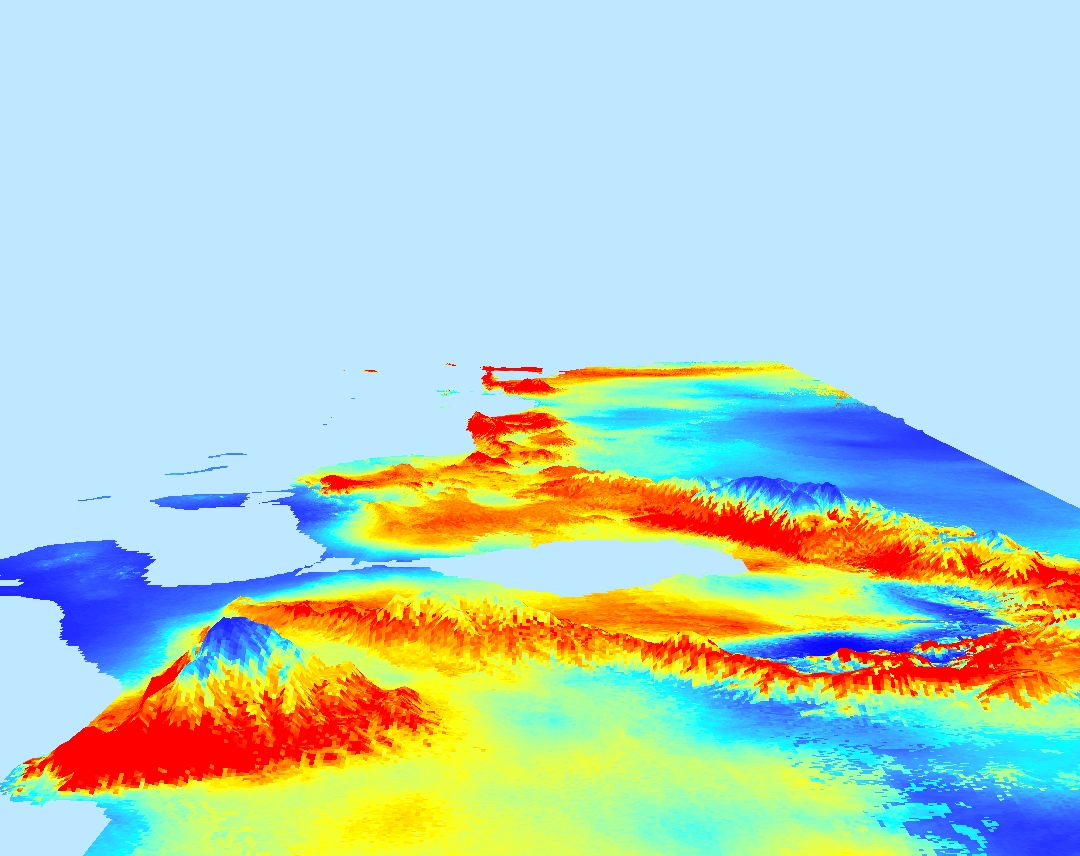In 2006, Dr. Robert P. Anderson, CCNY Associate Professor of Biology, co-authored a paper that introduced a mathematically rigorous method for modeling species’ geographic distributions, based on known occurrences and environmental factors including climate. The paper, “Maximum Entropy Modeling of Species Geographic Distributions,” has become one of the most-referenced sources on the topic, being cited 192 times to date, according to Thomson Reuters ScienceWatch.com.
According to Professor Anderson, much of the paper’s attention stems from the ability of the approach it describes to predict changes in species distributions due to climate change. Using the method, researchers can form a niche model of a species’ niche requirements that correlates occurrence data with climatic data, he explains. Then the model can be applied to projections of future climate to forecast potential habitats for the species in the future.

However, Professor Anderson cautions that “climate is just one piece of the puzzle” to be looked at in predicting a species future range. “We also need to take into account barriers to dispersal. There may be other suitable habitats but the species could be physically prevented from getting to them.”
Another factor to be considered is the presence of other interacting species, such as competitors, predators and mutualists, in an area, he points out. “Without the right combination of those species, the species of interest cannot establish populations there.”
Even so, Professor Anderson notes there have been several examples of species distributional shifts in the United Kingdom that have been attributed to climate change. In addition, many flowering species in the United States now bloom earlier in the spring.
Species distribution modeling will help scientists anticipate changes for species “of interest to humans and plan for their conservation,” he adds. For example, national park systems and other protected areas should include regions habitable for species in the future.
The impacts of climate change also need to be accounted for in tracking and anticipating the spread of diseases and invasive species, he says. Of critical importance is the role of species that transmit a disease to humans, he notes, citing as an example the impact of climate change on the distribution and abundance of rodent species responsible for the spread of Hanta virus.
Other disease systems being modeled are more complex. They involve an intermediate “vector” species that transmits the pathogen from the reservoir species to humans.
Professor Anderson’s lab is currently developing more robust models that can account for biases in occurrence records and refining techniques to be able to work with fewer records and, thus, study rare species. Much of this work is being performed under his supervision by undergraduate Honors student Mariya Shcheglovitova and graduate student Aleksandar Radosavljevic.
MEDIA CONTACT
Ellis Simon
p: 212.650.6460
e:
esimon@ccny.cuny.edu